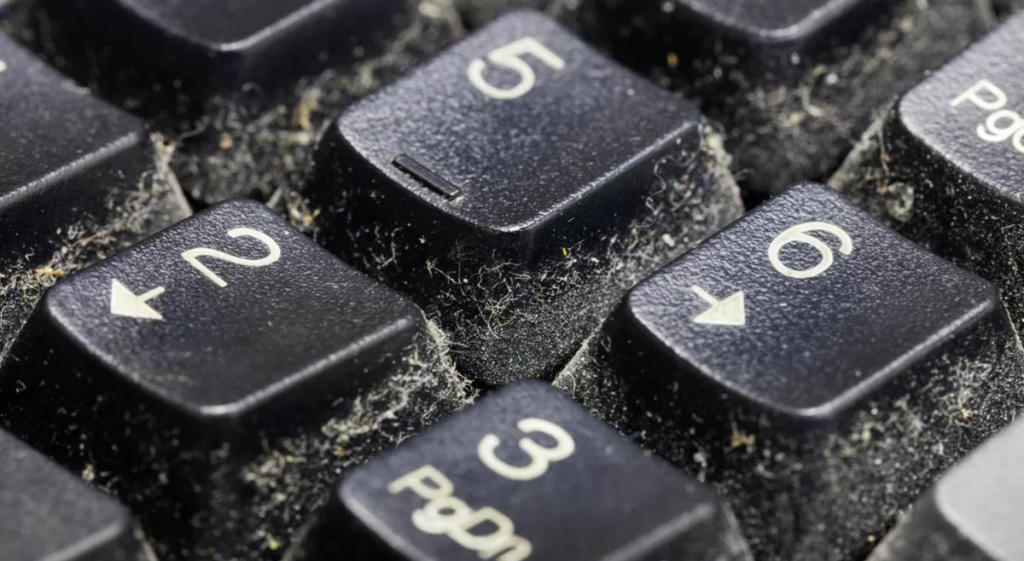Keeping Your Keyboard Clean and Germ-Free
The Longevity of Viruses on Surfaces
According to research conducted by professors from Princeton University and the University of California, Los Angeles, viruses can survive on surfaces for up to 72 hours. This means that if you come into contact with harmful bacteria and then sit down to work, washing your hands throughout the day may not be enough to prevent recontamination from your keyboard.
Even if you leave the office on Friday and return on Monday, the same bacteria could still be present on your keyboard. This includes the virus that is currently causing widespread concern.
The Danger of Spreading Viruses
Although keyboards are typically touched by fewer people compared to door handles, the risk lies in picking up viruses from the keyboard and potentially spreading them to others, even after washing your hands.
Steps to Mitigate the Risk
While there’s no need to completely avoid using your computer, there are several measures you can take to reduce the risk of contamination. Unlike screens, keyboards can be cleaned using disinfectant and isopropyl alcohol, as long as the applicator is damp and not overly wet, which could damage the device’s internal components. Additionally, there are a few other simple methods you can employ.

It’s been confirmed you can clean a dirty keyboard with alcohol, canned air and cleaning putty
(Image credit: Getty)
The Best Way to Clean Your Keyboard
- Unplug the keyboard or turn off your laptop.
- Turn the keyboard upside down to remove debris, but avoid shaking it.
- Use cleaning putty or a can of compressed air to remove excess dirt and grime.
- Clean the keys and the rim of the keyboard using an antibacterial multi-purpose wipe. If wipes are unavailable, use a clean cloth or kitchen paper sprayed with antibacterial spray.
- Alternatively, create a solution of alcohol and water and apply it to a cloth before wiping down the keyboard. Never spray the keyboard directly or use a cloth that is overly saturated with liquid, as it should not seep into the spaces between the keys.
- Allow the keyboard to air-dry.
After cleaning, thoroughly wash your hands to maintain a hygienic environment. By regularly cleaning your keyboard, you can maintain a cleaner work station and reduce the chances of harmful bacteria spreading via your hands.

5 Comments
Can you believe people used to just flip them and shake? Times have changed, my friend.
Aria Patel: Ever tried sticky notes for the edges? Game changer for keyboard gunk removal.
Why bother cleaning when you can just buy a new one every year, right
Aria Turner: Honestly, a good blast from an air canister feels oddly satisfying, doesn’t it? Plus, no more mystery crumbs.
Oscar M. Gray: Trusty toothbrush and isopropyl alcohol combo? Old-school but never fails for a sparkly keyboard.